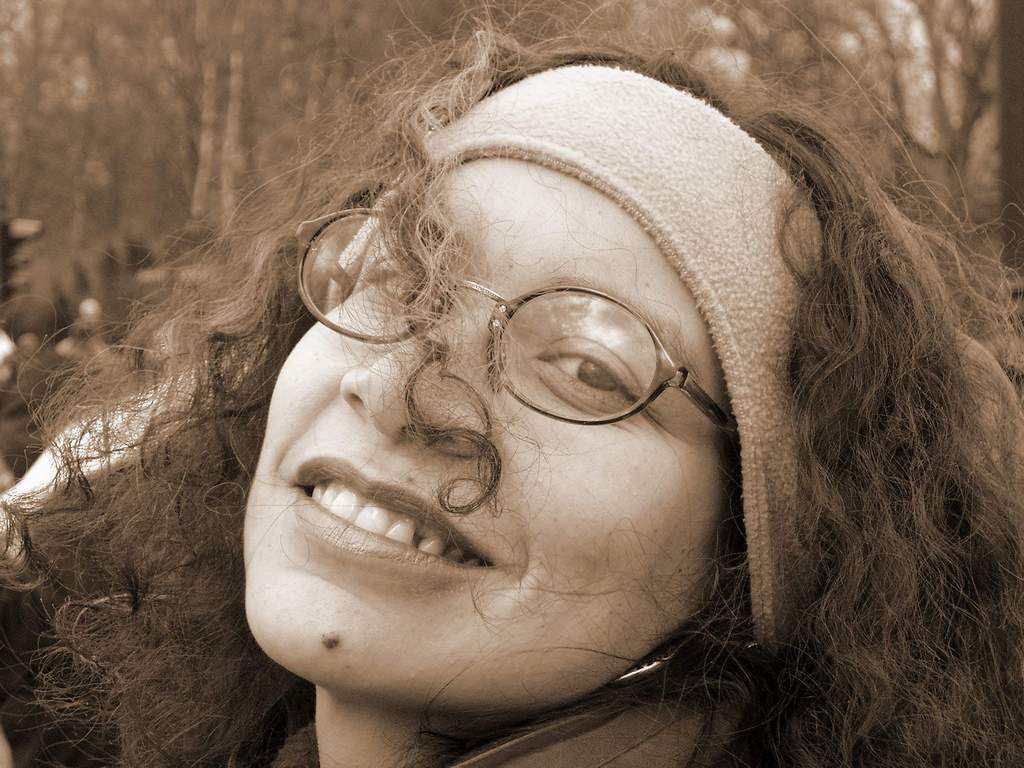Welcome to Professor carla faria's website
The bulk of this website has been updated
the remainder will migrate soon and it will be slowly phased out.
the remainder will migrate soon and it will be slowly phased out.

Professor Faria is a specialist on theoretical strong-field laser-matter interaction. Since the mid-1990s, she has been developing theoretical models for several phenomena in this context, such as high-order harmonic generation, above-threshold ionization or laser-induced nonsequential doubleand multiple ionization. Dr Faria has around 80 publications in this research area, in peer-reviewed journals and conference proceedings, and has participated in several conferences in Optical Physics, in many of which as an invited speaker. She is also a referee for several optics journals (such as Physical Review A and Letters, Optics Communications, JOSA B, Journal of Modern Optics, Optics Letters, Nature Communications and Journal of Physics B), and has various collaborations with leading groups in the field. She also actively collaborates with scientists of other research areas, such as quantum optics and mathematical physics. Ongoing collaborations include Professor Andreas Fring (City University), the theory and experimental groups at the MBI-Berlin, Professor Maciej Lewenstein (Institute for Photonic Sciences, Barcelona), Professor Anna Sanpera (Universidad Autonoma, Barcelona), Dr Henning Schomerus (Lancaster University), Professor Jon Marangos (Imperial College), and Professor Ingrid Rotter (Max Planck Institut, Dresden).